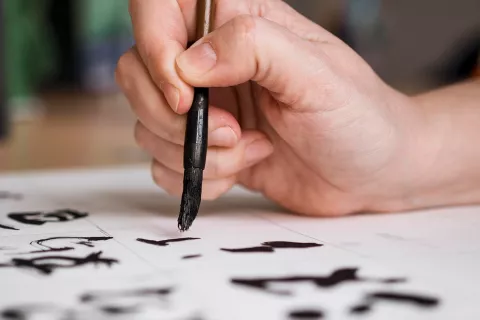
Custom-made medical devices in Australia are regulated by the Therapeutic Goods Administration (TGA). The TGA has changed the way of regulating custom-made medical devices in Australia, and the changes affect anyone who is manufacturing, importing, or supplying custom-made medical devices, including healthcare providers.
According to the Therapeutic Goods (Medical Devices) Regulations, 2002, a custom-made medical device is defined in the following terms:
- The manufacturer intends it to be for:
- the sole use of a particular patient (the intended recipient).
- the sole use of a particular health professional (the intended recipient) throughout the their practice.
- The manufacturer makes it in accordance with a written request by a health professional and with particular design characteristics specified by the health professional in their request (even if the design is developed in consultation with the manufacturer), where those design characteristics are intended to address:
- anatomical and physiological features of the intended recipient – either one of these or both.
- a pathological condition of the intended recipient.
- The requesting health professional deems necessary to address the matters covered in the above paragraph because there is no medical device included in the register to address those matters to the appropriate extent.
Some examples of custom-made medical devices include auricular splints, dentures, orthodontic appliances, orthotics, and prosthesis.
Changes in the Regulations of Custom-made Medical Devices
A new amendment has been effective from February 25, 2021, for regulating personalized medical devices, and it includes the new definition of custom-made medical devices. It states, “The impact of the new definition is [that] the majority of devices currently supplied under the exemption for custom-made medical devices will no longer meet the definition of custom-made medical devices and will need to be included in the Australian Register of Therapeutic Goods (ARTG), if they are being supplied in volumes of more than five (05) per financial year.” The transition period will last up until November 1, 2024, which will allow for the continued supply of devices, provided they are eligible.
Personalized medical devices, with four (04) new sub-categories, have now replaced the former custom-made medical devices. The new sub-categories of personalized medical devices are the following:
- Custom-made
- Patient-matched
- Medical Device Production System (MDPS)
Adaptable medical devicesUnder the Australian Regulatory framework for medical devices, “custom-made” medical devices are exempt from inclusion in the ARTG. However, they are not exempt from TGA regulations.
It is mandatory to inform the TGA within two (02) months of the manufacture or supply of a custom-made medical device if an individual is:
- an Australian manufacturer of a custom-made medical device.
- an Australian sponsor of a custom-made medical device, manufactured overseas.
How are Custom-made Devices Regulated?
The TGA requires manufacturers of custom-made medical devices to comply with specific Regulatory requirements. The following are some of the key requirements:
- Reporting to the TGA regarding the manufacturing and/or importing of custom-made medical devices.
- Maintaining records.
- Supplying devices with all the relevant information.
- Providing an annual report each year to the TGA for the former year.
- Ensuring that the devices meet all the relevant “essential principles”, such as providing adequate labeling and Instructions for Use (IFU) information on the device.
- Complying with other Regulatory requirements, such as providing patient information, etc.
- Keeping up with the advertising requirements of the TGA.
What Does the TGA Mean by “Advertisements”?
Any statement, image or design that is intended, whether directly or indirectly, to promote the use or supply of a therapeutic good counts as advertising, for instance, statements, images, and designs promoting a device, displays on posters and notices, etc.
A medical device can be advertised as long as it is included in the ARTG; it can be exempt from inclusion in the ARTG if it is custom-made, as mentioned earlier; a patient-matched medical device is also not included in the ARTG, provided a transition notification for it is submitted.
TGA Regulatory Requirements for Custom-made Medical Devices
The following are the requirements manufacturers of custom-made devices in Australia must adhere to:
- Records: Manufacturers of custom-made medical devices must have in place records for up to a minimum of five (05) years after the date of manufacture if the device is “non-implantable”. If the device falls under the “implantable” category, records for up to a minimum of fifteen (15) years after the date of manufacture are required.
- Information Related to the Device: A custom-made medical device must come with written statements. Information should be provided on the details of the manufacturer, identification of the device, details of the health professional who has provided specifications for the device, particular design characteristics of the device, information stating that the device complies with applicable provisions of the “essential principles,” and details of target individuals on whom the device is intended to be used.
- Yearly Reports: Manufacturers of custom-made medical devices must provide a yearly report specifying details of all the custom-made medical devices manufactured and/or supplied by them from July 1 to June 30 of the former financial year.
The Australian manufacturers of custom-made medical devices must comply with these requirements to ensure the safety and efficacy of their products and to avoid legal and financial consequences.
Are you looking forward to launching your medical device in the Australian market? If you wish to gain more insight on Australian medical device market, reach out to our Regulatory expert. Stay informed! Stay compliant!









